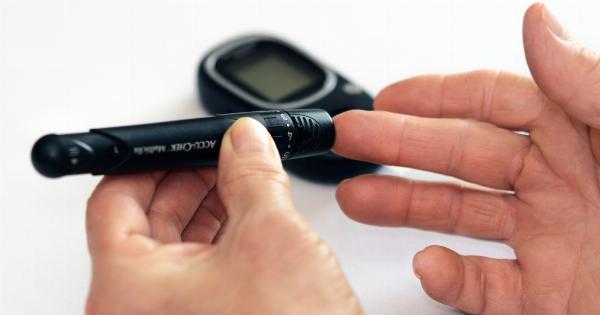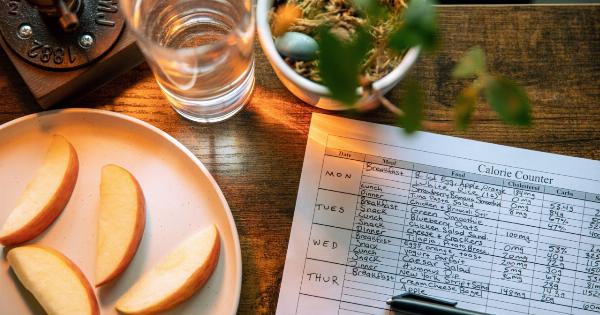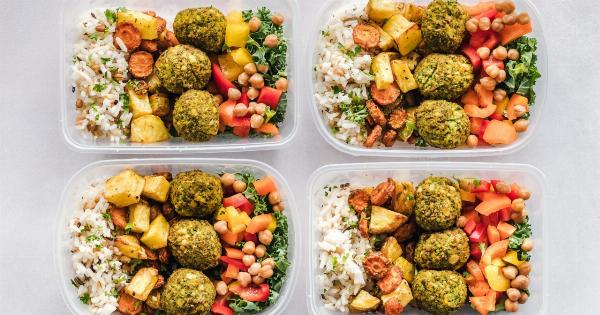Visible fat refers to the fatty tissues that are present in certain foods. While fat is an essential nutrient for our bodies, excessive intake of visible fat can lead to various health issues, including obesity, heart disease, and diabetes.
Identifying and taking steps to combat harmful visible fat can play a crucial role in maintaining a healthy lifestyle. In this article, we will discuss three effective ways to calculate and combat harmful visible fat.
1. Reading and Understanding Food Labels and Nutrition Facts
One of the first steps towards detecting harmful visible fat in foods is to carefully read and understand the information provided on food labels and nutrition facts.
These labels provide essential details regarding the fat content in a particular food item. The following information is helpful in this regard:.
1. Total Fat: This includes the sum of all types of fat present in the food, both visible and invisible. It is expressed in grams (g).
2. Saturated Fat: It is a type of fat that is typically solid at room temperature and found in animal-based products, such as meat and dairy. High intake of saturated fat can contribute to high cholesterol levels and cardiovascular diseases.
The American Heart Association recommends limiting the intake of saturated fat to less than 10% of daily calories.
3. Trans Fat: This is an unhealthy type of fat that is formed when liquid oils are converted into solid fats through a process called hydrogenation. Trans fats are commonly found in fried and processed foods.
The consumption of trans fat should be minimized or avoided completely as it can increase the risk of heart disease.
By understanding these terms and their implications, you can make informed decisions about the foods you consume and choose healthier alternatives that are low in harmful visible fat.
2. Utilizing Online Tools and Apps to Calculate Visible Fat
Advancements in technology have made it easier than ever to track and calculate the nutritional content of the foods we eat.
There are several online tools and mobile applications available that can help you determine the visible fat content in various food items. These tools often provide a comprehensive breakdown of the fat content, including both visible and invisible fats.
To utilize these tools effectively, it is necessary to have accurate information about the food you are consuming. This may involve weighing the food or using standard measurements to input the data into the online tool or app.
Once you have entered the relevant information, these tools will generate detailed reports and suggest healthier alternatives that are low in harmful visible fat.
3. Consulting with a Registered Dietitian or Nutritionist
If you find it challenging to calculate visible fat on your own or have specific dietary concerns, consulting with a registered dietitian or a nutritionist can provide valuable insights and guidance.
These professionals are equipped with the knowledge and expertise to assess your dietary habits and recommend appropriate measures to combat harmful visible fat.
A registered dietitian or nutritionist can provide a personalized diet plan that takes into account your unique nutritional needs and goals.
They will work with you to identify problematic areas in your diet and suggest healthier alternatives that are lower in visible fat. Additionally, they can offer ongoing support and monitor your progress, making adjustments as necessary.
Conclusion
Detecting and combatting harmful visible fat is essential for maintaining a healthy diet and promoting overall well-being.
By reading and understanding food labels, utilizing online tools and apps, and seeking guidance from professionals, you can make informed choices and take proactive steps to reduce visible fat intake. Remember that moderation is key, and a balanced diet along with regular physical activity are fundamental for a healthy lifestyle.































